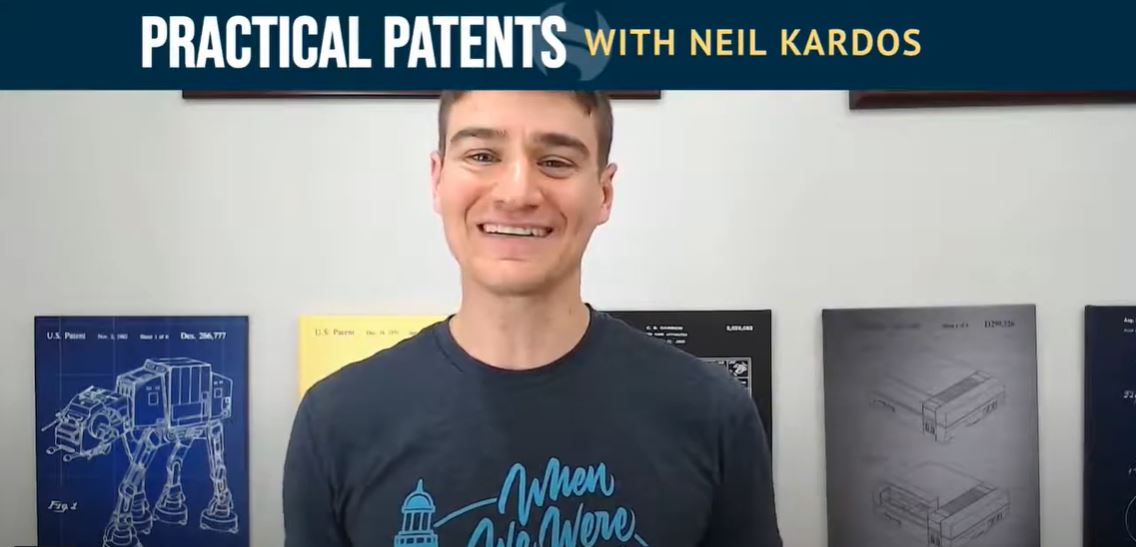Essential Tips for Conducting Inventor Interviews with Minimal Documentation
Greetings, fellow patent enthusiasts! We’re back this week with valuable insight from Neil Kardos as he unveils a strategic approach for acquiring comprehensive information about an invention when faced with limited initial documentation. In scenarios where only the title of the invention or a few descriptive sentences are available, this guide can be instrumental.
Understanding the Challenge
Sometimes, patent professionals receive scant details about an invention before an inventor interview. Reaching out to inventors for more information might be an option, but not always feasible. In such a scenario, Neil has perfected an approach that’s applicable to virtually any technology.
A Generic Outline of Questions
Years ago, Neil created a generic outline of questions, adaptable to different technological contexts. When dealing with a sparse disclosure document, this outline can be supplemented with specific inquiries about the invention.
High-Level Orientation
The outline begins with broad questions to set the context:
- What is the background and context for this invention?
- What is the problem being addressed?
- What are the advantages of this invention over alternatives?
- What are the novel elements of the invention?
- How does the invention align with business strategy?
Detail-Oriented Approach
After establishing the context, Neil delves into the intricacies. His inquiry typically focuses on two general questions:
- How does the invention function step by step? This question seeks to uncover the mechanisms, alternatives, and possibly the independent claims and flowcharts of the patent application.
- In what environment does the invention operate? This inquiry aims to identify crucial devices or components that elucidate how the invention functions.
Practical Recommendations
Drawing from his extensive experience, Neil recommends patent professionals to compile their list of questions or adapt his outline to individual needs. Being prepared with these questions ensures that even with minimal information, one can glean everything necessary about the invention during the inventor interview.
In conclusion, navigating an inventor interview with limited information need not be a daunting task. By following Neil’s structured approach, patent professionals can master the art of extracting vital information about an invention. His advice stands as a testament to effective preparation, innovation, and adaptability within the patent field, helping to ensure clarity and thoroughness in each patent application.
Thank you for reading! We hope these tips help you improve your patent drafting skills. Don’t forget to come back for more tips in the next installment of the Practical Patents Series. Until next time, happy patenting!
Note: This blog post is based on the opinions and observations of the author and should not be considered legal advice. Consult a qualified patent attorney for specific guidance on patent application drafting.
Want more tips? Check out other Practical Patents videos with Neil Kardos here!

